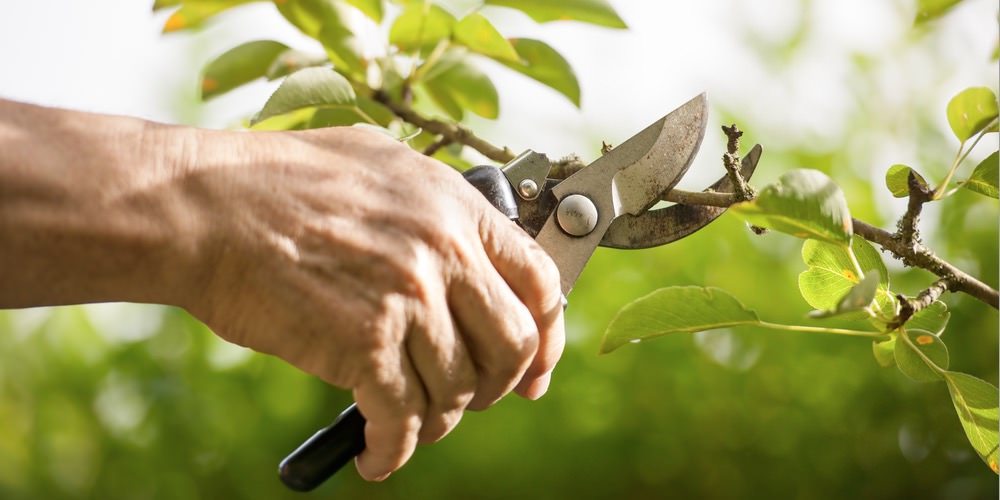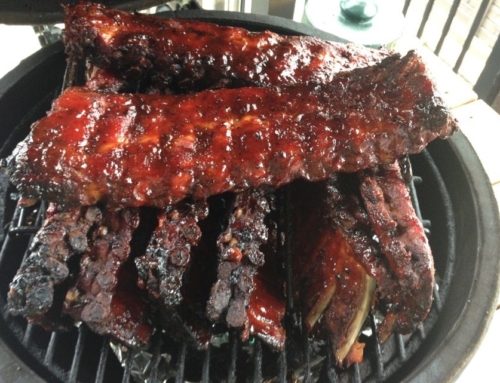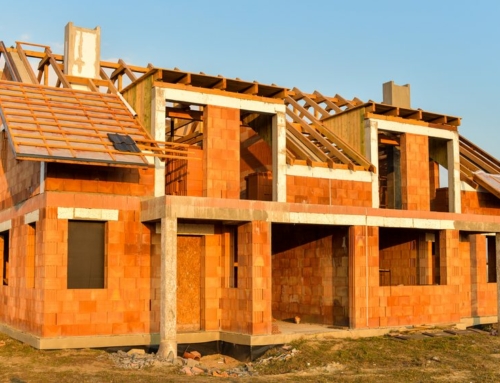Perhaps you have just purchased a home with a mature landscape. If you feel it needs to be revamped here are some pruning tips for larger, mature trees.
If you have large, mature trees you should consider having them pruned up to a height where you can easily walk past and under them without branches interfering with your movement. Very often trees are left unpruned simply because the homeowner didn’t know how to go about it.
Stand back and take a look at the tree.
If it has only one trunk (main stem) that makes it relatively easy. Remove branches from the main trunk, preferably starting at the bottom and working your way up to a height where the lowest branch is higher than your height. If this leaves main branches coming off the trunk that has smaller branches hanging down from them remove them as well, if they interfere with your movement. This can be done anytime throughout the year although maples and birch should be left until early August or later.
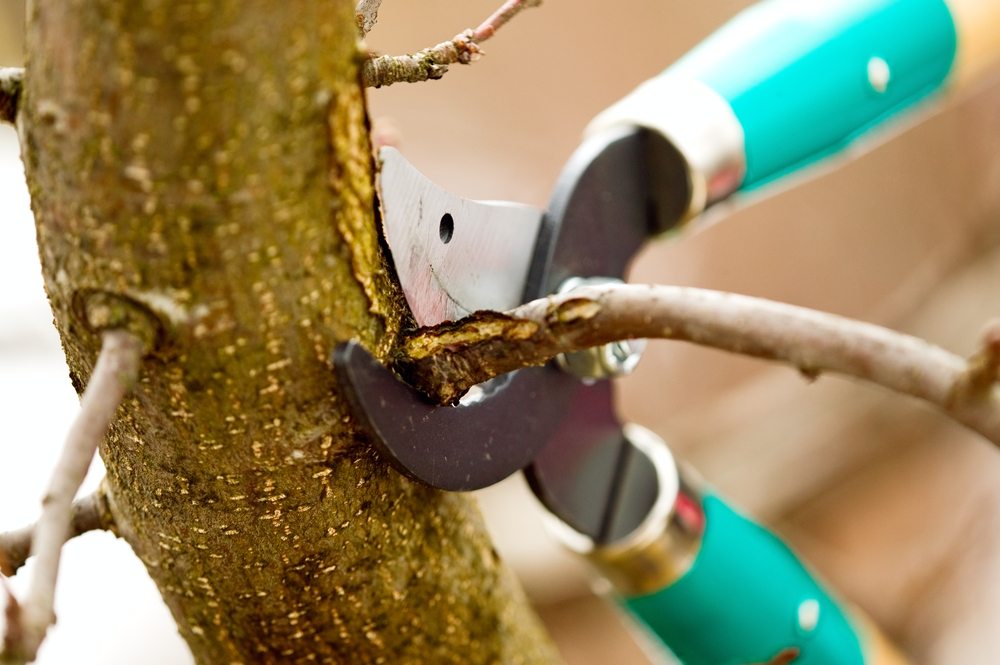
If the tree has multiple trunks you will have to decide whether to remove some of them or leave them. Examine each trunk carefully, looking to see how much of the tree you will lose if you remove that particular trunk. Consider whether it will remove a screen for privacy that you may want to keep, will it get rid of shade you prefer to keep or will it leave the tree looking unbalanced. It is a good idea to examine the tree more than once and to think about it. Once something is pruned off it is gone for good. Once you have decided which of the main trunks you want to keep then you can prune the remaining trunks up the same as you would a tree with only one trunk.
Pruning in this manner will make it easier to mow grass and control weeds that may be under the tree. It will also allow more sunlight to penetrate into your yard for all plant material growing in your yard. It will also allow for more area for activities.
Often evergreens such as spruce are left with branches right to the ground and that is likely the best if you don’t need the space the branches occupy for any particular reason.
Tall, narrow growing trees such as swedish columnar aspen and tower poplar are often left branched to the ground, and this is especially true for swedish columnar aspen as they don’t occupy much space and look best unpruned.
Wherever a branch protrudes from a tree there will be a healing ring that will eventually cover over the remaining scar left by your pruning. Look for a circular pattern in the bark on the trunk of the tree, this pattern should be visible all around the branch. This is the healing ring. Do not cut into that as that is what will eventually hide the scar. It is best to make your cut so that there is no more than ¼ inch of the original branch still left, such as is shown in the image below. The longer the stump left the longer it will take the healing ring to cover the scar/stump.
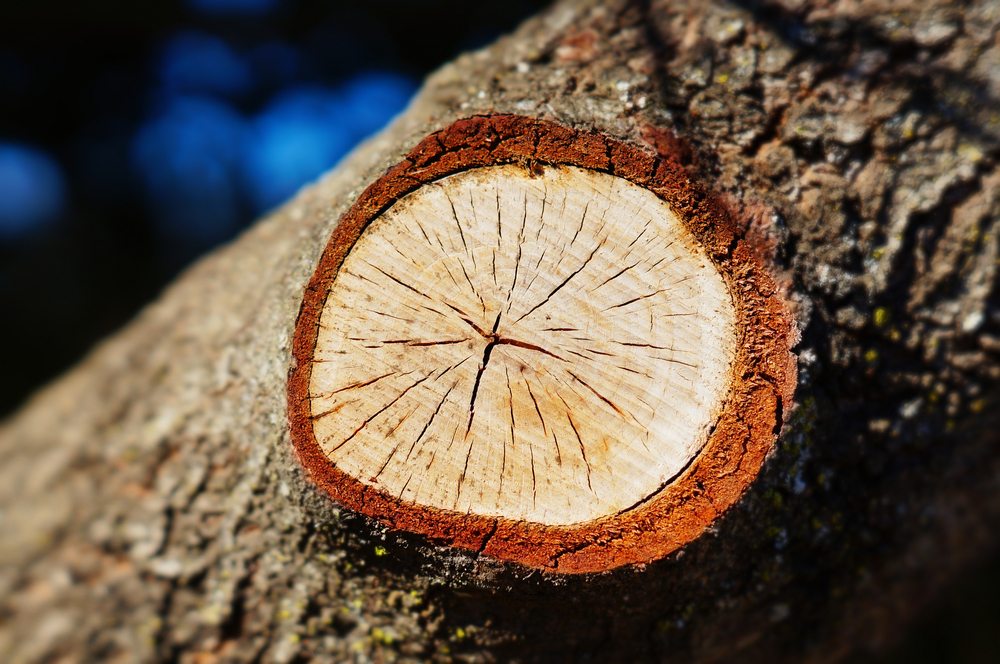
If you walk the city parks you can see how their professionals have done their pruning, which may be a good idea before you do your own pruning.
You could also consider getting advice from a certified arborist who will be very knowledgeable.
Vivian and Jim Boughen have recently retired from the nursery business in Nipawin, SK after 40+ years. Their reputation of providing top-quality, hardy nursery stock near the banks of the Saskatchewan River kept loyal customers returning yearly.
The Boughen’s specialized in propagation of shade trees, shrubs, fruit trees, and native species plants that have changed the landscape of western Canada for generations.
Jim is a 3rd generation nursery operator, whose family has been in the horticulture industry over 100 years.


